X-E5: Fujifilm's Most Refined Camera So Far
It also convinced me to sell ALL my Fujifilm gear!
When Fujifilm announced the X-E5, I barely blinked an eye.
It seemed like just another cog in an already-crowded lineup of cameras that cost about the same. With the 40-megapixel cameras like the X-T5, X-T50, and X100vi all in the ballpark of under $2,000 (and even the X-H2 if you don’t need the retro controls), it just seemed to me as if Fujfilm released this camera to help ease the pressure of the insane demand for the X100vi.
So when Fujifilm sent it to me to check out last month (THANK YOU, Fujifilm!), it just wasn’t a big deal, and even when I picked it up and took a few photos, I just thought: “yeah, this is another Fujifilm camera.”
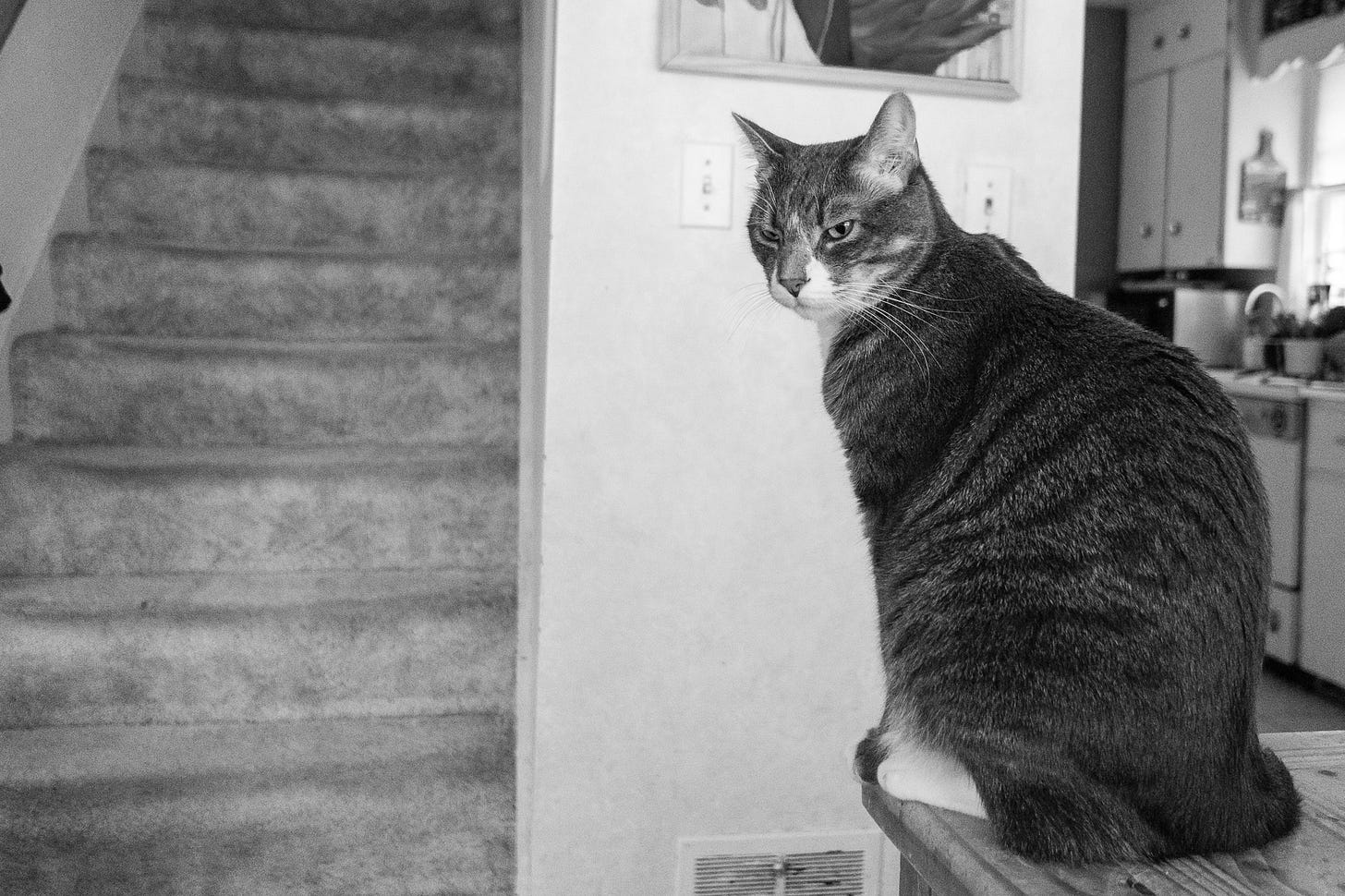
After using the camera for a bit, I’ve completely changed my mind. It’s quickly become my hands-down-favorite Fujifilm camera to date.
Why? Because Fujifilm has finally refined the user experience for people who love using their small, retro-inspired cameras combined with an unparalleled ability to create powerful jpeg recipe recipes.
WHAT’S SO COOL ABOUT THE X-E5?
First, we have the option to use a clean, 80’s-inspired retro EVF experience. Inside this is a simple display of the shutter, aperture and ISO along the bottom, and a simple, needle-based light meter to the right. It’s just so CLEAN!
Beyond that we have a film simulation dial that’s actually useful. Fujifilm has never made it super easy to keep the film simulation settings saved and quickly accessed, and we finally get a dial that works intuitively.
Using this I can quickly dial-in and save specific settings to be recalled in as much time as it takes to move your thumb. “FS” or “Film Simulation” 1-3 can be quickly changed on-the-fly. It’s fantastic, simple, and useful.
Another thoughtful feature is the function switch on the front. It can be programmed to multiple functions (drastically increasing the amount of custom buttons we can use), but my favorite is control over how the EVF renders.
Flipping this switch allows us to see “outside the frame” in what’s called “Surround View.” Here you can see a 1:1 aspect ratio, but we can “see” outside that frame to anticipate the “decisive moment.” I think Henri Cartier-Bresson would have loved this thing!
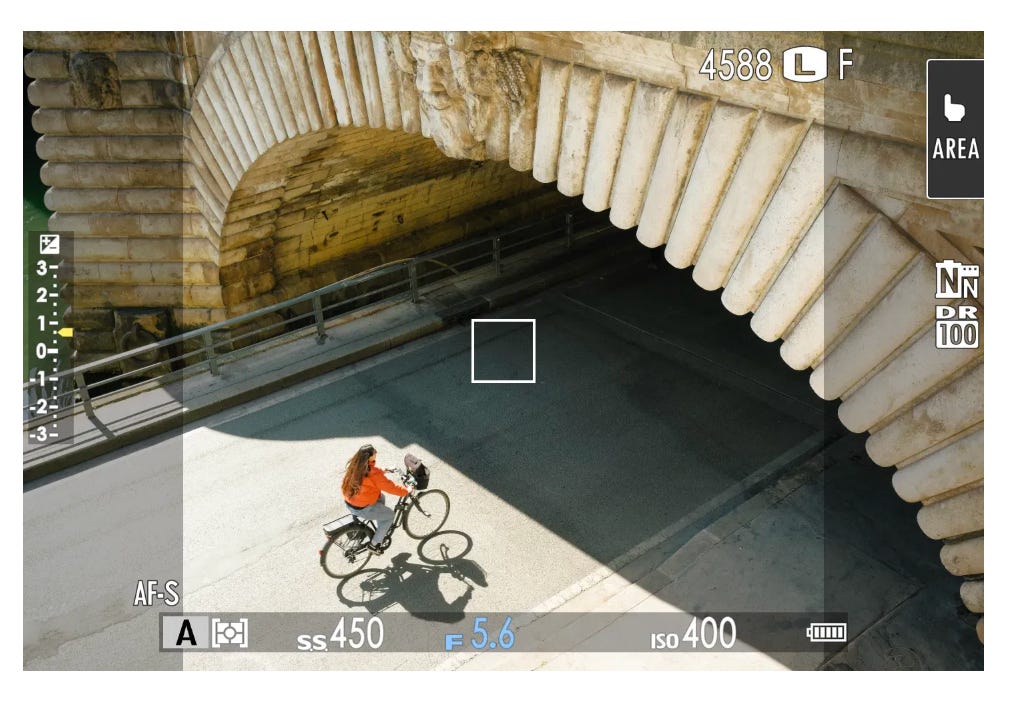
A few other positives:
For a camera this small the IBIS (stabilization) is really fantastic.
The 40-megapixel sensor is a good one with some solid cropping ability and overall excellent image quality. The X-E5 also embraces different crop ratios, and the 40 megapixels helps keep the resolution higher when using aspect ratios such as 1:1 and 16:9.
Although the X-E5 is small, everything seems thoughtfully designed. I’ve never, ever used the “bluetooth” button that some cameras have, and Fujifilm banished that to the bottom plate. This is kind of brilliant since it’s unused real estate for a button that I would rarely, if ever use.
WHAT ABOUT THE IMAGES?
I could go in-depth on the specs and image quality, but do we need to? The X-E5 shares the exact same sensor as the X-T5 and X100vi, XH2, and X-T50, which means it’s really good! We know what it can do.
Combine it with Fuji’s great glass and film simulations, and this camera feels right at home for photographic artists looking to create unique looks.

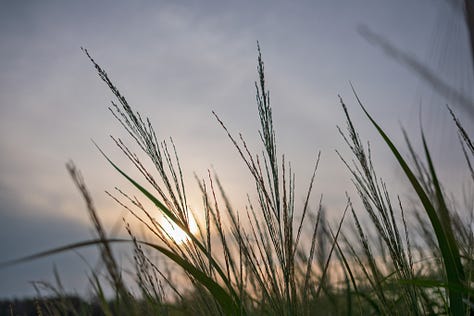
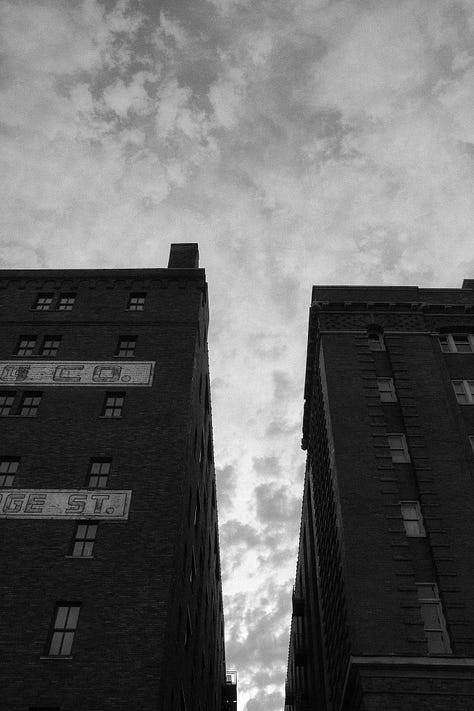
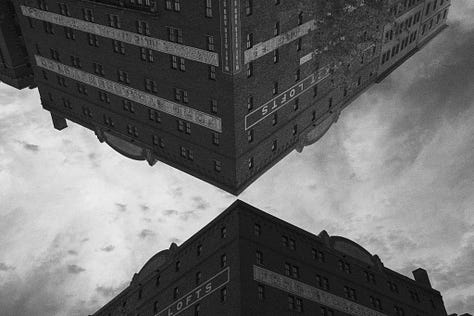
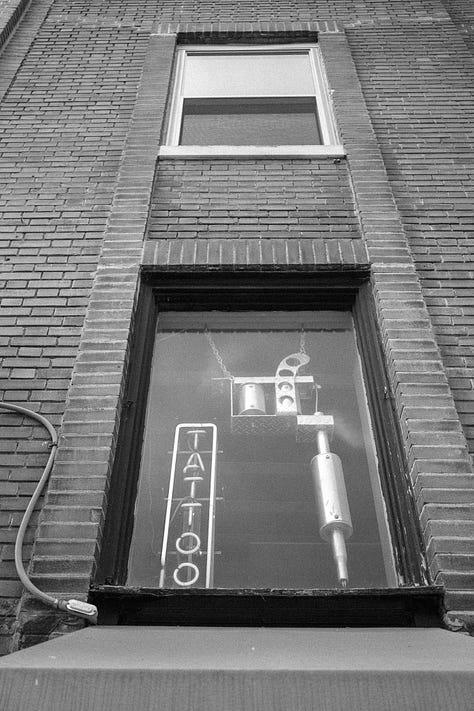
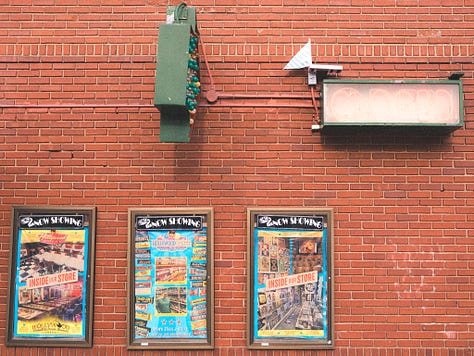
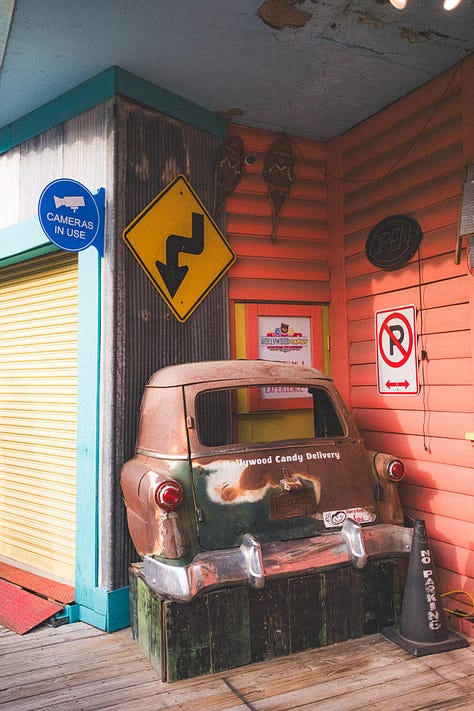
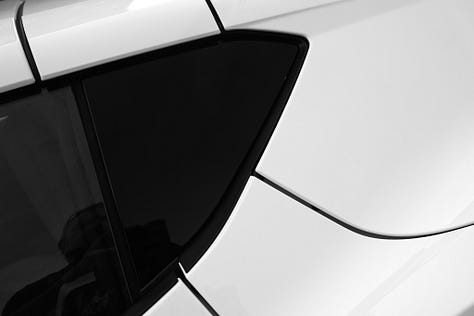

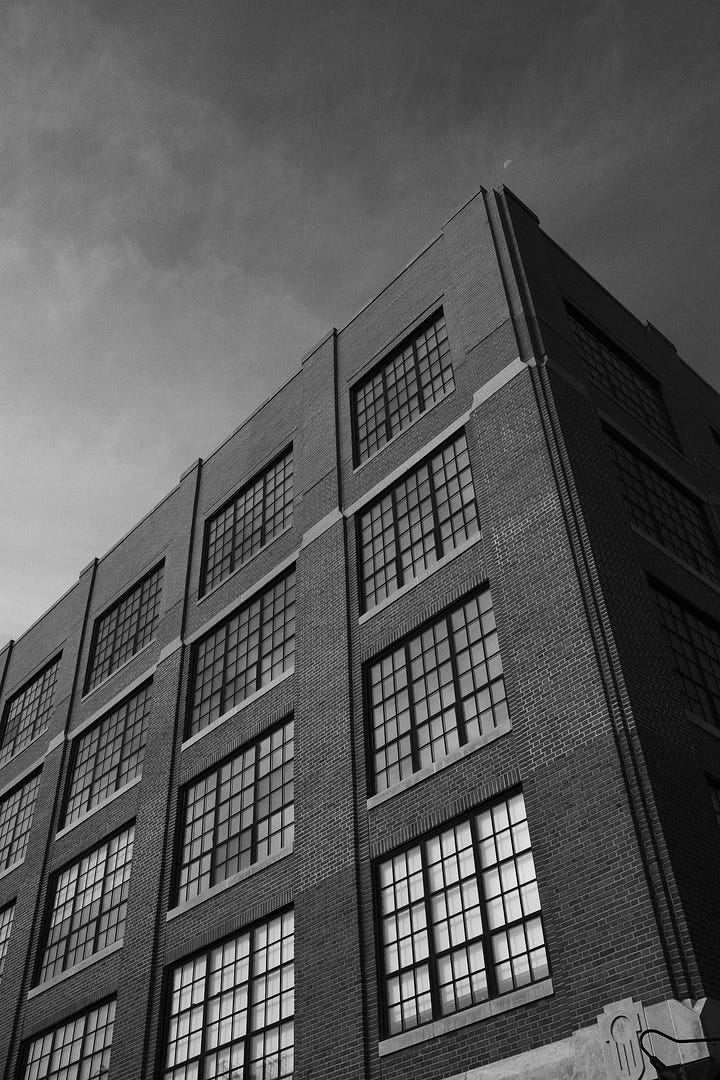
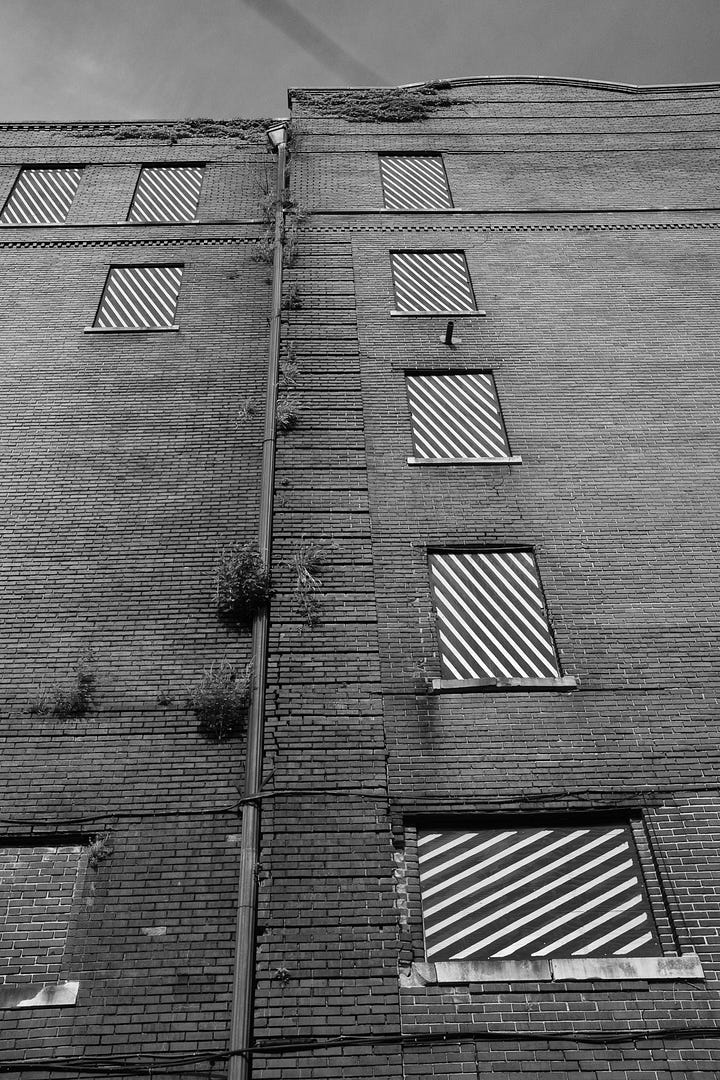
What do I NOT like?
1 - The battery. It uses the tiny NP-W126S. It’s not great, but at least it’s cheap and so small you can throw a few in a bag. (EDIT: it’s no longer cheap. Thanks Donald.)
2 - Lack of weather sealing. I could forgive the X-E4, which was a much less expensive camera. However, with the premium price tag, it just seems like this is a big miss from Fujifilm. Was this kept out just to keep the value proposition of the X-T5 more enticing?
3 - Autofocus. The X-E5 inherits a great 40-megapixel sensor and Fuji’s color science, but the autofocus is not reliable or as fast as I need it to be.
I’ve been a shooter for more than 25 years now, and I know what I’m doing. Fujfilm is the ONLY company that has made me question my sanity. I bought and returend two X-H2’s and two X-T5’s, both times thinking the maybe the original’s unreliable focus was a quality control issue.
I was wrong - this appears to be just the way Fujfilm cameras are designed.
Out-of-the-box, the autofocus doesn’t come close to matching the speed or reliability of any other new camera within a few hundred dollars of this price range. Even Canon’s much cheaper APSC R10 performs far more reliably.
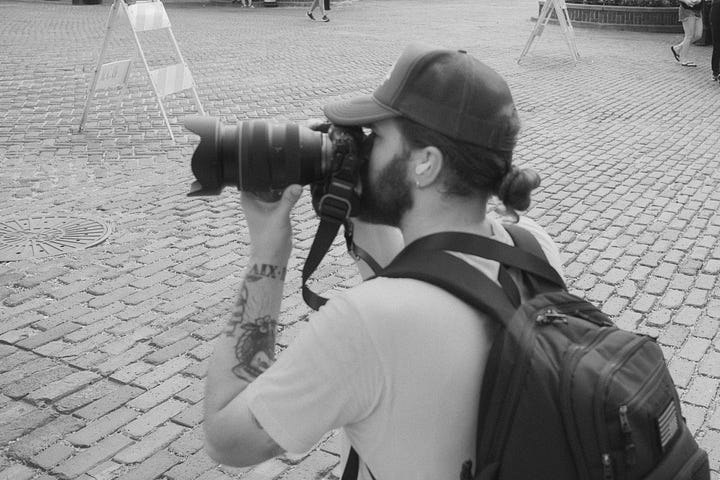
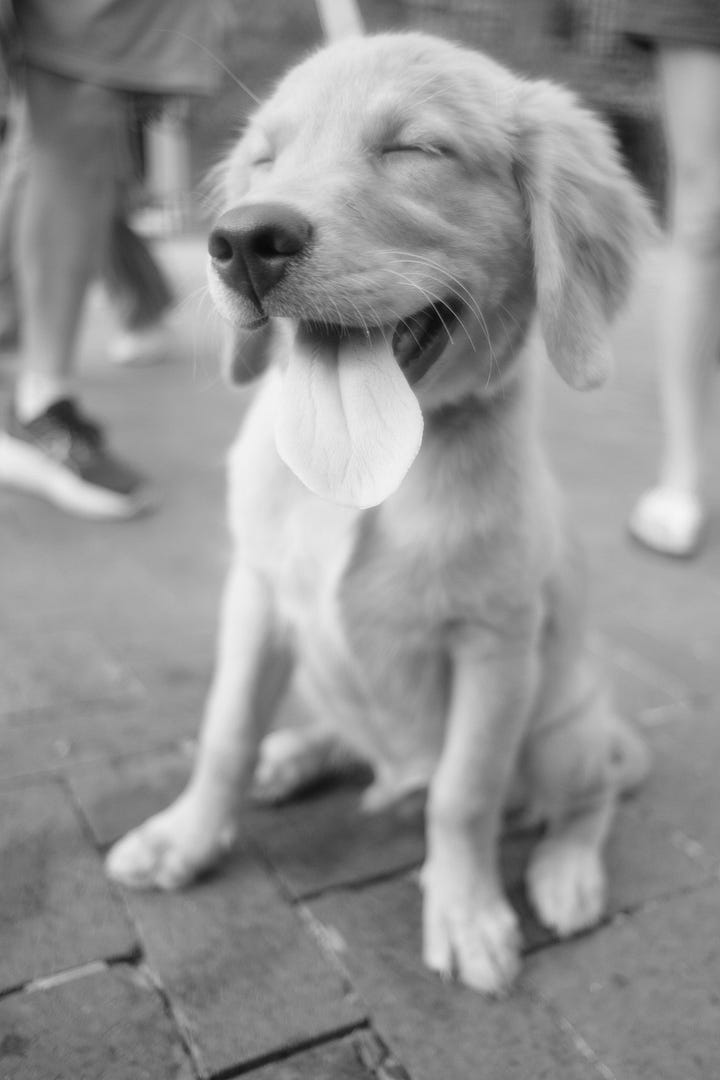
These two shots would have been in focus with any other camera I have, and while there are still “brand” defenders out there, I’ve taken thousands of photos these last few weeks with my OM SYSTEM cameras, a Nikon Zf, and a G9ii- and the only out-of-focus shots with those systems are in extremely difficult conditions that are understandable, or are clearly user error. They are consistent and reliable.
With Fujifilm, you just don’t always know if you’ll get a shot in focus - and that sucks for those of us who make a living doing this stuff.
One last thing: I don’t think the finish is going to hold up. I’ve used this thing LIGHTLY and never had it bounce around with other cameras or anything, and there are a few places the finish is already coming off:
The X-E5: should you buy it?
Fujifilm has made purchasing a camera from them kind of confusing. Within the price range, there are a lot of options.
My advice: if you must have a Fujifilm camera, try seeing which one feels the best in your hand, take a couple photos to see how the body feels. Just buy the one that feels the best, and you’ll be good-to-go. (Although if weather sealing is important, the X-E5 can already be eliminated.)
Each Fujifilm camera is quite different to hold and use, and for me, the X-E5’s ergonomics don’t fit my hand quite as well as the X100vi (with a grip), for instance, but the X-E5 has an absolutely exquisite user experience in every other facet.
That throwback EVF is perfect for me. Since I use manual mode 95% of the time, the simplicity of the viewfinder actually makes a difference. It gets out of the way and allows me to ignore some of the chaos that appears in modern viewfinders.
Match that with the new and fun-as-hell-to-use film simulation dial, and the X-E5 has become my favorite camera in Fujifilm’s lineup.
I wont buy it though.
In fact, the X-E5 is a sign that I’m done with Fujifilm.
I’ve been shooting with Fujfilm since the X-T1 and I’ve had dozens of bodies and almost every native Fujifilm lens out there. My library contains hundreds of thousands of Fujifilm images.
I always thought I’d have one modern Fuji camera, just because I want to support their zany ways. I liked the X-E5 so much I considered selling my X100vi for this thing.. but I’ve changed my mind.
Instead, I’m selling it all and will be without a Fujifilm camera for the first time in over a decade.
I’ve switched all my professional work over to OM SYSTEM, and their OM-3 fits the “retro” look and feel, has some great jpeg recipe options (although they aren’t as fully featured as Fujfilm’s), and it just nails focus EVERY time. Every time.
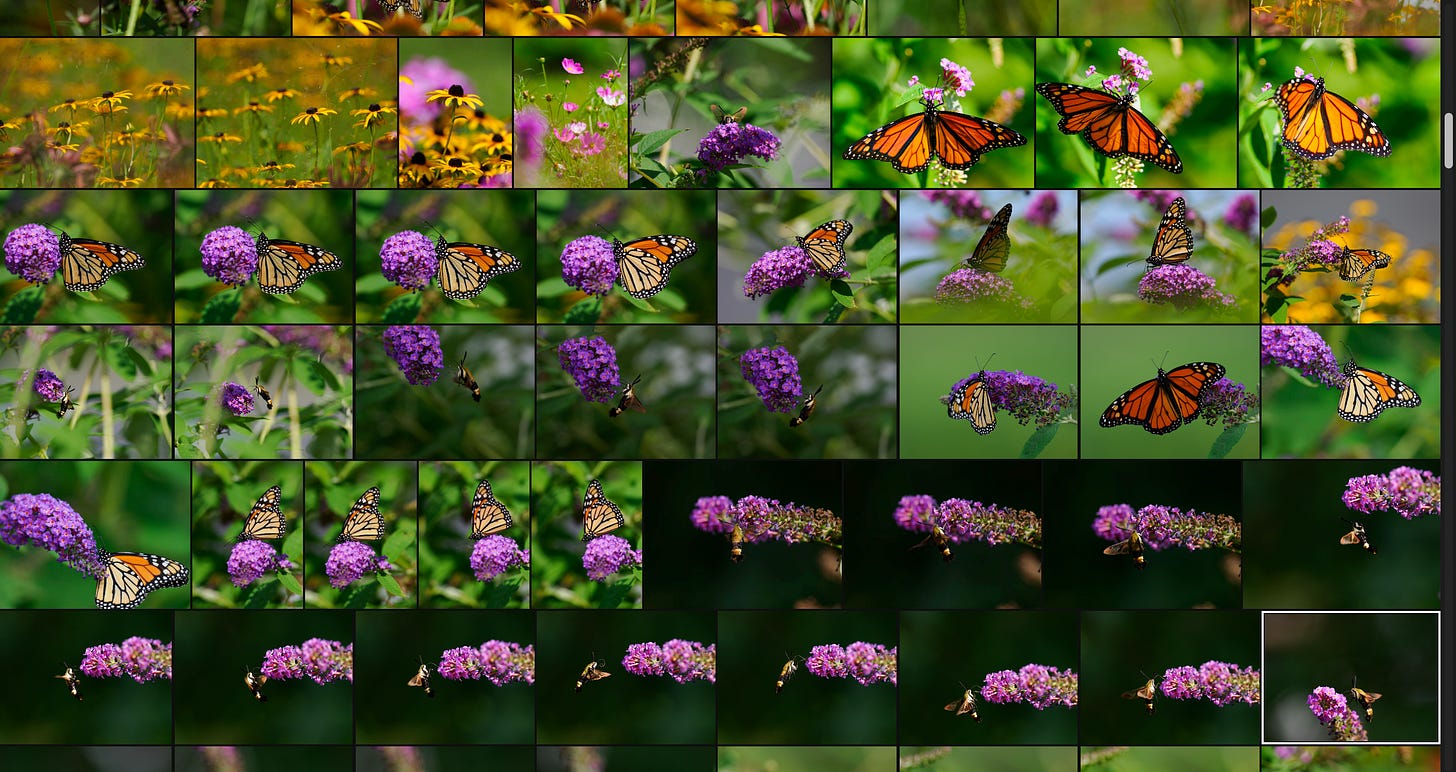
The shots that were out of focus with the X-E5 bother me the more I think about them. I really wanted to show my wife this puppy, but both shots I took are horribly soft.
The green dot was on the puppy’s eye.
The left shot: I went old-school with single-shot autofocus with the point on the dog’s left eye. I switched to continuous focus subject tracking for the photo on the right, and again, it showed a clear green box around the puppy’s eye.
The puppy was not moving (the poor dude was hot on a hot and humid day).
The camera ACTED confidently, but I got home and neither was in focus.

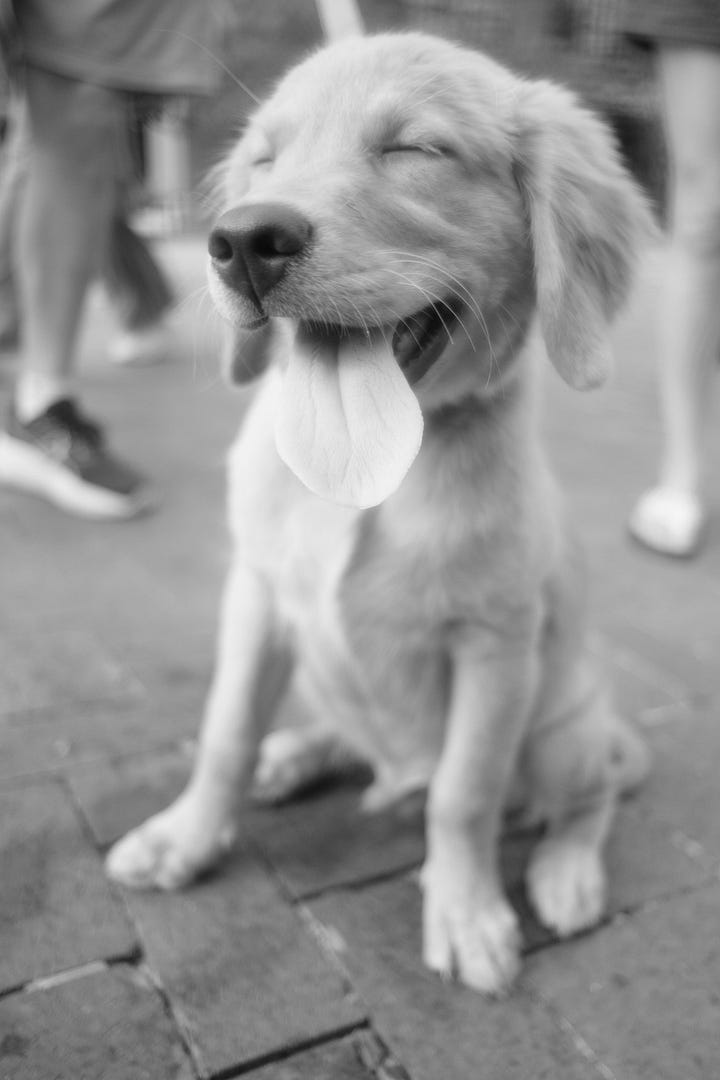
Why do I want a camera system that's not reliable?
Sure, Fujifilm cameras are fine at focusing on landcapes, abandoned gas stations, barns, buildings, etc., but for the way I shoot - QUICKLY and with a reliance on speedy autofocus - I just miss too many shots that should be in focus, and the X-E5 is no exception.
Before you DEFENDERS OF THE BRAND attack me - I can make the Fujfilm autofocus work… but it’s like wrestling a terrible Cthulhu monster. I’ve shot probably 50+ weddings with Fujiilm, sometimes in tough conditions. But you know what I did? I overshot. A LOT - and usually at least one photograph would be “mostly” in focus.
But those were when I was a “serious” amateur still working as a high school teacher. It wasn’t that big of a deal to miss a few shots.
Now that I quit my career to do this stuff full time… I just can’t deal with less-than-awesome autofocus.
Some of the defenders of the system say that I need to just “understand” it better. Basically, they are saying it’s my fault. One guy tried to explain this elaborate zone system he uses to "have perfect autofocus each time.”
I think he’s lying, but even if it were true, why have a system that’s so difficult to use?
I don’t want to slow down every time I take a shot to ensure perfect focus. I don’t want to overshoot just to hope there’s one good one.
I just want a near-$2000 camera in 2025 to focus reliably and consistently, and it’s finally become inexcusable to me, no matter how cool the film simulations are or how enjoyable the camera is to use.
So while the X-E5 is my favorite Fujfilm camera to date, one that is SO MUCH FUN TO USE, it’s also the final nail in the coffin.
I’m selling my X100vi (which I was going to sell to fund the X-E5), and for the first time in over a decade, I’ll have ZERO Fujilm cameras on my shelf.
If you dig my vibe, check out my YouTube where I explain why the OM SYSTEM OM-3 is forever camera (that has stunningly reliable and consistently fast autofocus):
Have questions or comments? Leave them here or reach out.



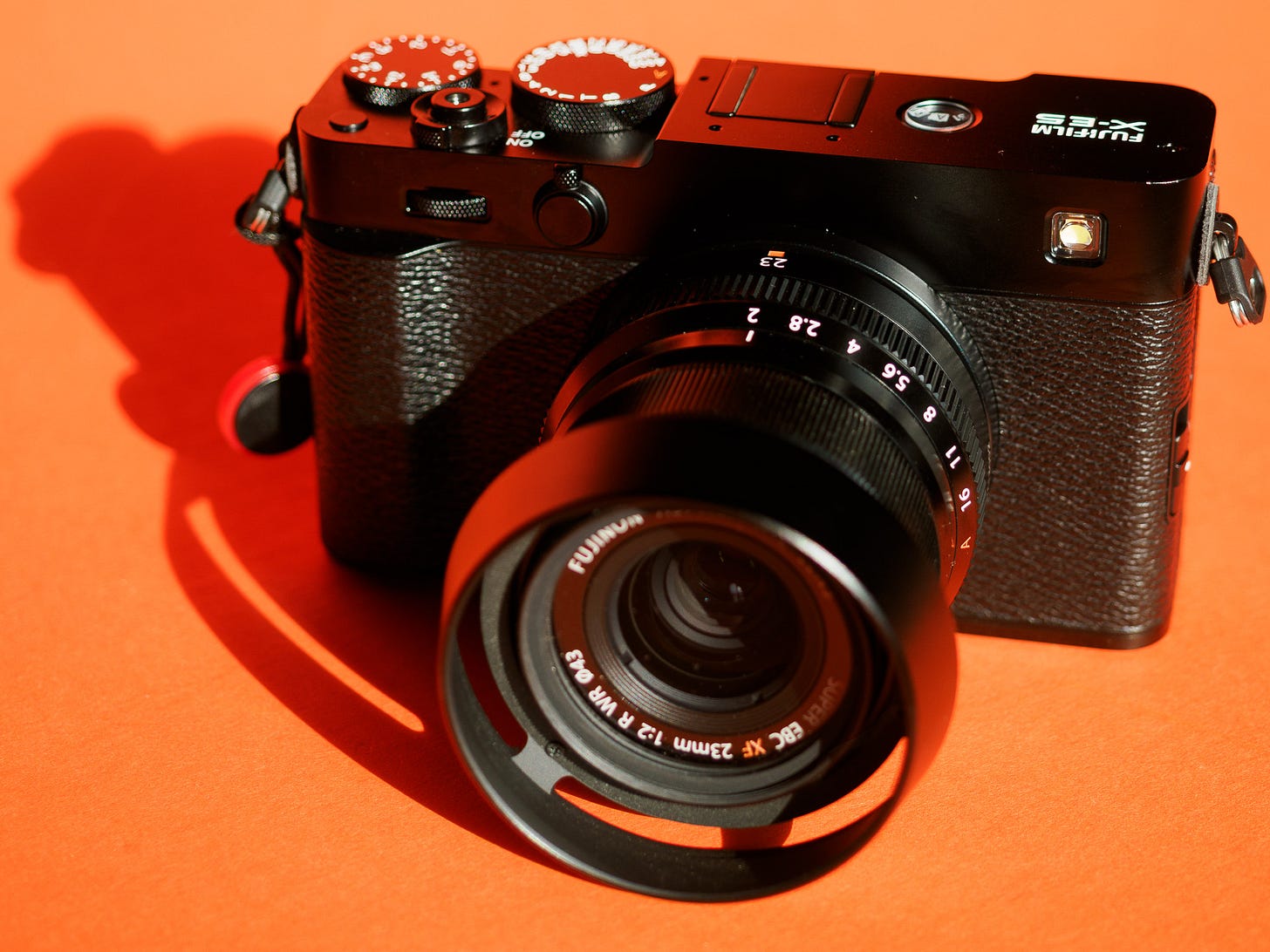



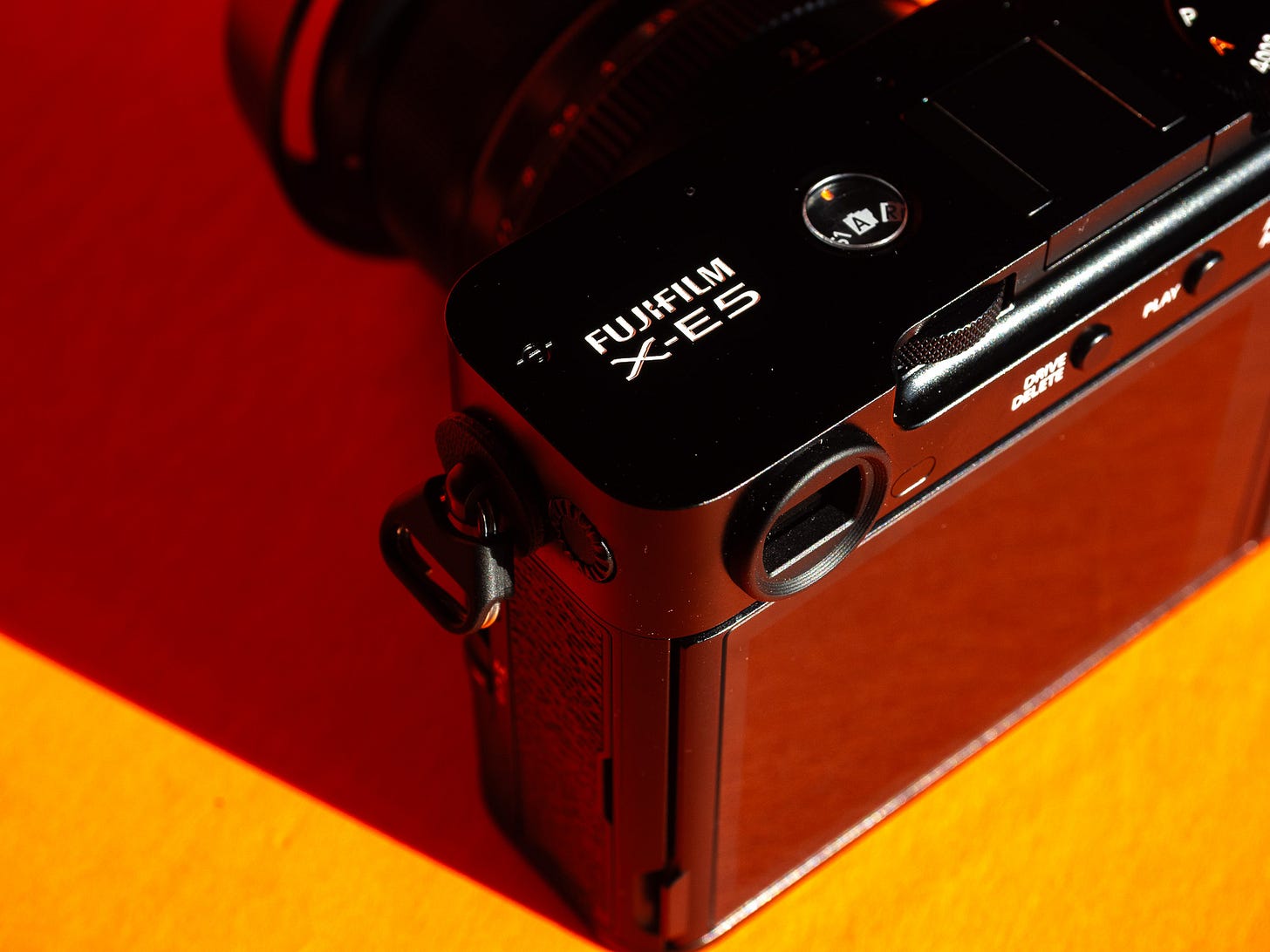









Have you seen Robin Wong's YT review of this camera, in which he demos its AF versus that of the circa 2012 Olympus E-PL7? It's pretty devastating, and it wasn't an axe-grinding fest. Like you, he was glowing about other features. Shouldn't matter for those who shoot largely static scenes. But for movement? In a nearly $2K csmera? Whew.
I think because Fujifilm has always felt like the closest to my film shooting days, I have had a hard time moving away from them... even when I see that other things make more sense. I have been comparing Fuji gear and Olympus gear since 2014... outside of film simulations, there is nothing that I have found where Fujifilm has an advantage over it (and the sims are objective since none of them really look like "film.") Occasionally you can get SLIGHTLY shallower depth-of-field... if that really matters... though most of the time, it is incredibly close.
I think there is a place where I feel like FUJIFILM is more "authentic" emotionally... in a place in my life where I am looking for authenticity. Honestly, it is one place where I have enjoyed the xhalf... because you can only fake it so much with the small sensor and jpeg only. But I have also owned the Olympus PEN-F since it came out and the OM-3 and I know there is really nothing that I can do on the Fuji's that I cannot "do" on the OM... but I think it is all in my head. I have a pre-order on the X-E5 but I just got notice it is still on back order for my order... So, I could still cancel.
I think I have a lot of "emotional" feelings tied into my photography equipment choices... it certainly is not helping me make rational decisions. I shot on PENTAX in my 35mm days and I still have some of their DSLR equipment and I kind of looked at all the "hate" towards the brand as a badge of honor, because at the very least, the lenses ARE amazing, and I did not mind being on the outside of the photography "norms."
I appreciate you sharing your thoughts as it always gives me a lot to think about since I really enjoy the photography in your videos/posts!